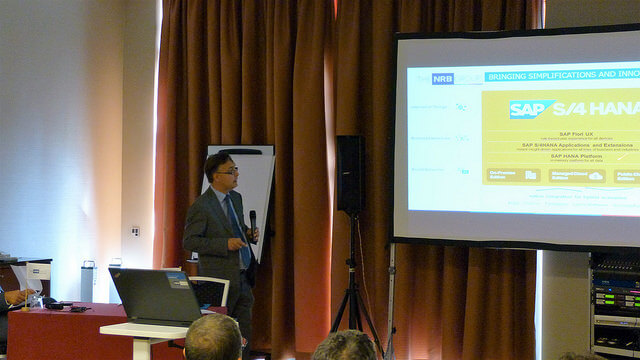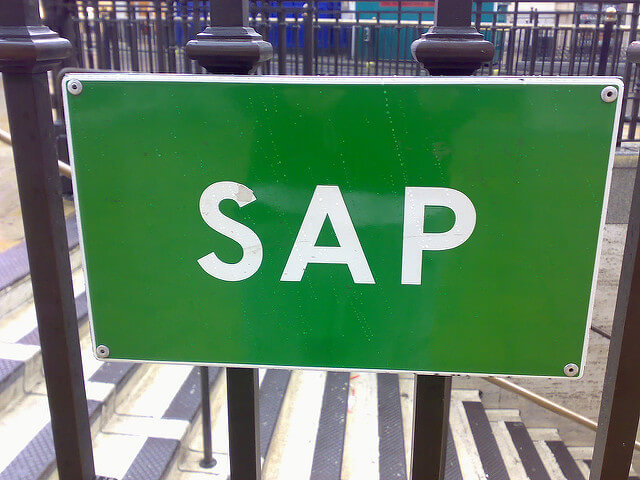
In today’s dynamic and digital working environment, supply chain management and more specifically inventory management are one of the significant factors that enterprises focus their energies to stay competitive. After all, only with the right information can businesses be agile enough to produce and distribute products with shorter lead time. SAP S/4HANA allows enterprises the advantage of effective inventory management enabling them to holistically control goods movements and warehouse operations, from inbound activities to fulfillment all of these in real-time.
Enterprises that have migrated to S/4HANA either on premise or over the cloud are making use of the unique SAP S/4HANA architecture for added inventory management advantage. Innovations in SAP S/4HANA enterprise management with the use of new inventory data models allow for high performance evaluations of inventory key figures with a single table structure.
So, a SAP S/4HANA implementation is not just a refined business suite with a cleaner and responsive interface but also offers the added advantage of making inventory management refined and ready to a new era of business scalability.
SAP and the Importance of Inventory Management
SAP solutions integrate multiple industry value chains with industry specific solutions.
SAP right from its traditional ERP has always made it a point to focus on effective inventory management and it offers procurement management with self-service, catalog based or plan based functions while offering order processing and analytical insights.
The innovations offered in the S/4HANA takes inventory management one step further using new inventory data models with its unique architecture.
SAP Inventory Management With the Classical Database Structure
The SAP ERP Central Component (ECC) up to SAP ECC 6.0 made use of the material management inventory functionality to store all such document data in two unique tables namely the MKPF and MSEG. The first table corresponded to the header while the second table corresponding to the line item in a table.
A link was also needed to establish the document number and fiscal year through MBLNR and MJAHR functions. It was not possible to calculate the content of the aggregate tables from the inventory data stored in MKPF and MSEG. All relevant IMG tables were also required if the enterprise wanted to classify the stock type for its inventory. The quantity posting lock and value lock were required, one managing the material quantity and other the average moving prices.
All of this meant that inventory management was a time consuming and resource intensive affair.
Innovations in Inventory Management With the SAP S/4HANA
In a traditional setup stock quantities was the sum of a material movement documented and stored in MKPF and MSEG. This made the process of inventory management memory intense and inconsistent. Separation of the MKPF information and MSEG information in different tables has been done away with in SAP S/4HANA as the new data model uses the advantage of in-memory columnar storage. So, effectively the system has one single new table containing all previous data.
The table structure contains all technical key fields including fields that were earlier identified from table MSEG. This single table known as MATDOC with all attributes represents the data for all business perspective. As a result, enterprises are able to generate high-performance online transaction processing (OLTP) and online analytical processing (OLAP) transactions even during the posting procedure removing the need for any redundant data storage.
SAP S/4HANA enables companies to integrate, embed intelligence, and monitor all supply chain processes. Digital supply chain and critical business processes are monitored and aided across the enterprise with a single source of live information. SAP S/4HANA allows for live inventory management and accelerated MRP leading to reduced days in inventory. This is in addition to a personalized user experience (UX) with instant insight on any device, resulting in higher employee productivity with a focus on value-added tasks. SAP S/4HANA offers enhanced inventory management leading to faster business outcomes with reduced operational costs due to simplified system landscapes of the SAP S/4HANA.
Conclusion:
SAP S/4HANA implementation offers enterprises the advantage of a superior inventory management thanks to its unique architecture. Reduced total logistics cost, increased inventory accuracy, and reduced order fulfillment lead time are some of the coherent advantages offered by SAP S/4HANA thanks to its powerful architecture over other business suites.

